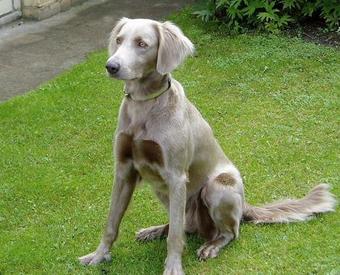
The exact history of the Weimaraner is uncertain, although there are many theories in circulation. Some speculate that the breed was created by members of the Weimar Court in Germany around the 19th century, whilst others theorize a much earlier development. Depicted in a painting from the 13th century, it is possible to trace the Weimaraner back to the court of Louis IX of France, although the breed was probably completely different to the one we recognise today. The forebears of the Weimaraner remain a relative mystery, although it is likely to descend from several breeds, including the Bloodhound, Pointer and Great Dane. Primarily bred solely for royalty, the Weimaraner became highly valued as an all-purpose companion dog, adapted for hunting large game over difficult terrain, for long periods at a time, and guarding its family and home. The American Kennel Club recognised the breed in 1943.
Similar in appearance and structure to the Hungarian Vizsla, the Weimaraner boasts a lean, medium-sized build, with a tapering muzzle and large 'drop' ears. Despite being an illegal practice in most countries across Europe, the process of tail 'docking' is often undertaken with the breed, although such is not a breed standard. Common in all-over colour variations of silver and mouse-grey, the Weimaraner needed to be disguised by the tall grassland and cornfield plains when scenting and searching out game birds. Its natural colouring may have aided this. The Weimaraner is further characterised by webbed feet, serving the dog in water crawling. While the breed is still utilised in hunting in its homeland Germany, the modern Weimaraner is commonly observed in pointing, tracking, and water retrieving.
The Weimaraner is a loyal, intelligent and courageous breed, undaunted by anything when encouraged by its master. Devoted to children, the Weimaraner will respond fearlessly if potential threat is perceived, so you can be assured your family is always protected. Otherwise remaining cool, calm and collected, the Weimaraner is a highly affectionate, gentle and docile breed, thriving on human companionship, mental enrichment and regular exercise. Never unduly nervous or aggressive, the Weimaraner makes a great addition to family life, or for a dedicated sole owner. Generally, a healthy Weimaraner at full maturity will weigh 23-32 kg depending on its gender, with a life expectancy of 12-15 years.
The Weimaraner is susceptible to various health complaints, ranging in severity. These include several optical disorders and orthopedic problems such as hip and elbow dysplasia. More serious conditions prevalent in the breed are congenital heart disease, kidney and bladder problems, and mast-cell tumours. As with most large breeds, bloat and gastric tortion are well documented, two potentially fatal conditions if left untreated for any length of time.

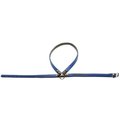
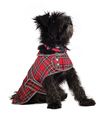
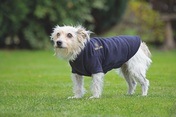
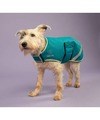
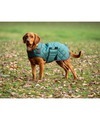
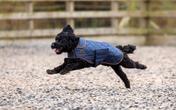
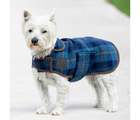
From Lincolnshire, United Kingdom
I agree with everything Angel Fennell has to say about the weimaraner. I share my life with four weimaraners and also a wonderful husband who is just as passionate about the breed as I am. But be warned – they are not an easy breed, and you must be prepared for some commitment to their training and socialisation.
From Essex, United Kingdom
I wholeheartedly agree with previous comments. Don't be put off by what other non-owners may say, they are beautiful and will steal your heart in so many ways.
From Cornwall, United Kingdom
I Definitely agree with all the above , Ollie is our second Weimaraner he is an amazing companion, loves our grandchildren but doesn’t enjoy being left alone , we’ve had our problems when he was a pup ,we were patient, firm but gentle and loving he had an accident chasing a squirrel in the woods about 5 yrs ago pushing his spine in to his spinal cord and had to have three artificial disc in his neck it must have been so painful for him but he has turned out the most amazing family member whom we love And loves us 💖 ps make sure you have pet insurance as they are fearless !!